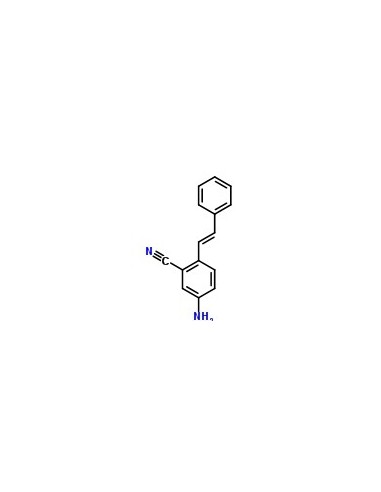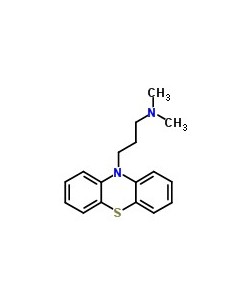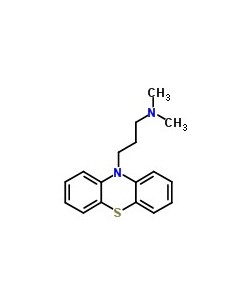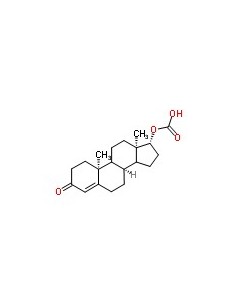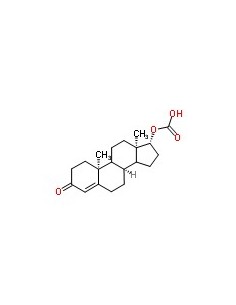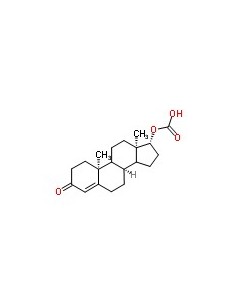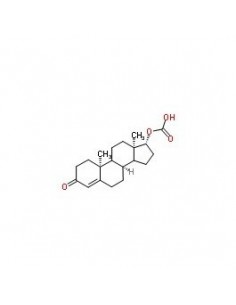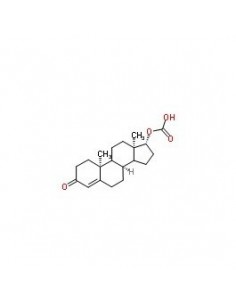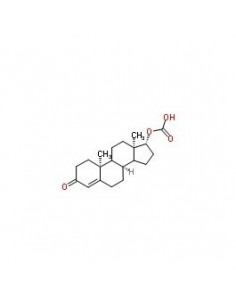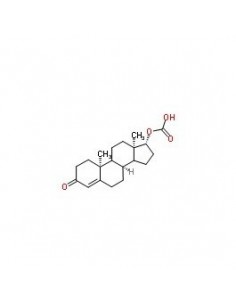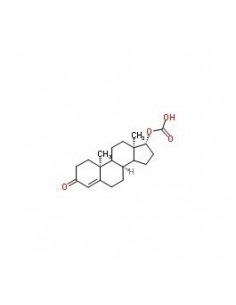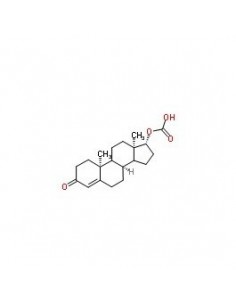Bovine Serum Albumin - Lyophilized
BSA, Bovine serum albumin, MW 67 000, CAS 9048-46-8
The purest form of Bovine Serum Albumin
99% pure bovine serum albumin(BSA) by SDS Page. BSA is manufactured using a proprietary process, followed by ion exchange treatment and resulting in an extremely pure product. Best suited for use in highly sensitive systems requiring consistent protein background. Crystal form simplifies handling and weighing.
|
Assay (SDS PAGE) pH (7 % in H2O) Moisture (KF) |
min. 99 % 5.0 - 5.4 max. 5 % |
Long Term Storage Temperature: 0 °C to 4 °C
BSA Specifications
More on Bovine Serum Albumin:
BSA, or Bovine Serum Albumin, is a widely used protein in biological research due to its versatile properties. Here are some of the applications of BSA in various areas of biological research:
-
Protein stabilization and protection: BSA is often used as a stabilizer and protective agent for proteins. It can prevent denaturation and aggregation of sensitive proteins during storage, purification, and experimental procedures. BSA acts as a molecular chaperone, maintaining the structural integrity of proteins and enhancing their stability.
-
Blocking agent in immunoassays: BSA is commonly used as a blocking agent in immunoassays, such as enzyme-linked immunosorbent assays (ELISA) and Western blotting. By coating the surfaces and preventing nonspecific binding, BSA reduces background noise and enhances the specificity and sensitivity of the assay.
-
Standard protein and calibration curve: BSA is often employed as a standard protein for quantification in protein assays. Its concentration can be accurately determined, and a calibration curve can be established to measure the concentration of unknown protein samples. BSA is particularly useful in colorimetric assays, Bradford assay, and Lowry assay.
-
Carrier protein: BSA is used as a carrier protein for small molecules, peptides, and hormones in various applications. It enhances the solubility, stability, and bioavailability of these molecules. BSA can also facilitate their transport across cell membranes and protect them from degradation.
-
Cell culture supplement: BSA is commonly added to cell culture media to provide essential nutrients, growth factors, and hormones. It helps support cell growth, attachment, and proliferation in vitro. BSA also acts as a buffering agent, regulating the pH of the culture medium.
-
Cryopreservation: BSA is utilized in cryopreservation protocols for cells and tissues. It serves as a cryoprotective agent, reducing ice crystal formation and cell damage during freezing and thawing processes. BSA helps maintain cell viability and functionality post-thaw.
-
Enzyme stabilization: BSA can stabilize enzymes by protecting them from denaturation and maintaining their catalytic activity. It is commonly added to enzyme solutions or reaction buffers to enhance enzyme stability and performance in various enzymatic assays.
-
Molecular biology applications: BSA is used in various molecular biology techniques. It can prevent adhesion of DNA or RNA to reaction tubes or surfaces, reducing sample loss. BSA is added to PCR reactions to enhance the amplification of low-copy DNA templates, improve fidelity, and reduce nonspecific amplification.
-
Drug delivery research: BSA nanoparticles have gained attention in drug delivery research. BSA can be chemically modified or conjugated with drugs, targeting ligands, or imaging agents to develop nanoscale drug delivery systems. These systems improve drug stability, solubility, and release profiles.
-
Protein structure and folding studies: BSA is used as a model protein in structural biology studies. Its well-characterized structure and stability make it an excellent candidate for investigating protein folding, unfolding, and structural transitions under various conditions.
In summary, BSA plays a crucial role in biological research across multiple disciplines. Its applications range from protein stabilization and immunoassays to cell culture, drug delivery, and enzyme stabilization. BSA's versatility, stability, and compatibility make it a valuable tool in various experimental procedures and assays.
No reviews

